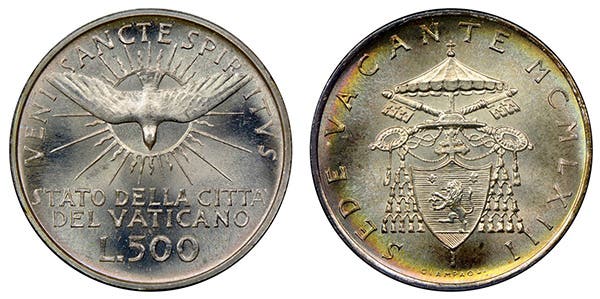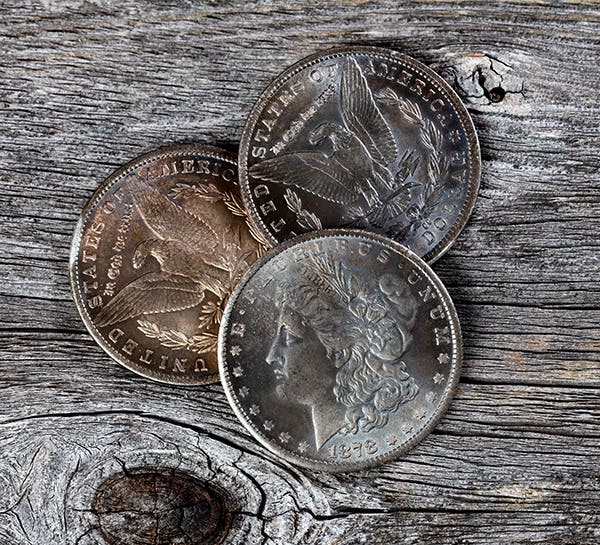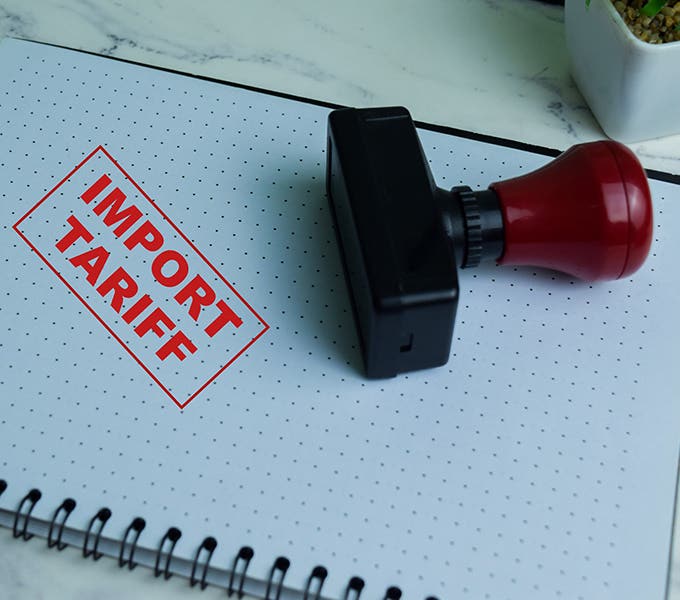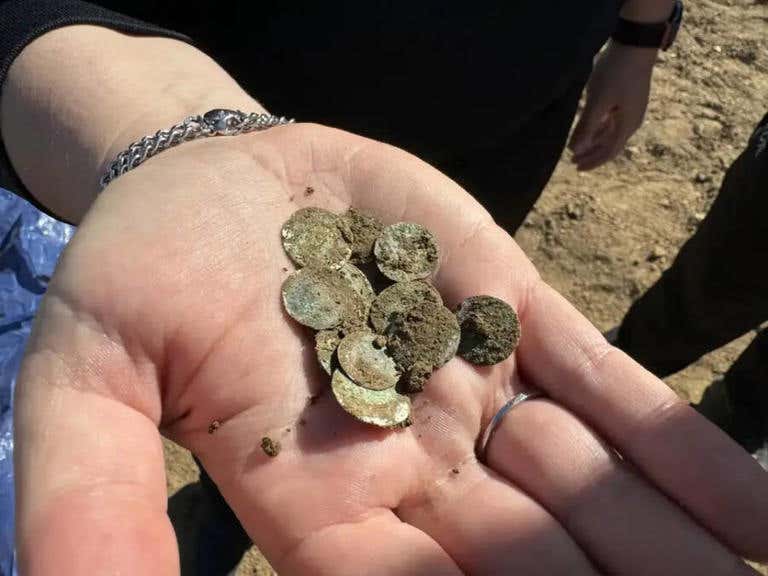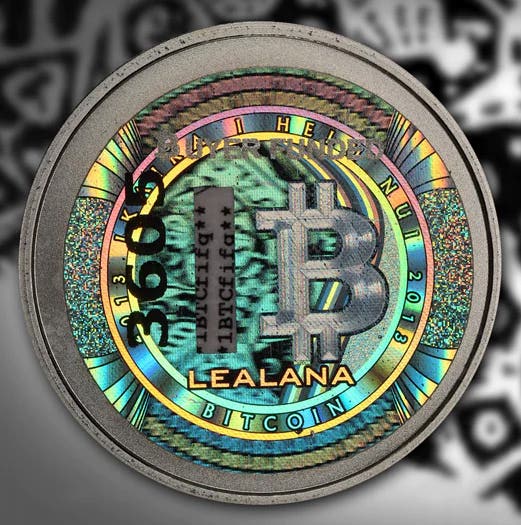Silver dime helped churn butter?
What’s the old story about the dime and churning butter? This is a bit of folklore that alleged that if milk was “witched” so it wouldn’t churn, all one had to do was drop in a silver dime to remove the spell. Silver holds a prominent place in literature concerning protection from witchcraft.
What’s the old story about the dime and churning butter?
This is a bit of folklore that alleged that if milk was “witched” so it wouldn’t churn, all one had to do was drop in a silver dime to remove the spell. Silver holds a prominent place in literature concerning protection from witchcraft.
Why don’t you ever publish figures on the thickness of a coin? This is of particular interest for the new issues.
Besides my original answer, Andrew Cosgarea Jr., a retired Mint official, had this to say: “As you are aware, one of the coin artwork design parameters for a successful circulation/numismatic coin is to have the finished coin artwork below the border – i.e.; the rim. Two significant reasons for this are: longer coin life (the rim wears first) and the ability to stack coins. While I was at the U.S. Mint, I made a particular issue of coin thickness because of the functional aspect with coin acceptor slots and the fact that some coin handling facilities use the thickness to determine the amount of coins in a roll.”
What is a matte proof surface?
Joe Boling corrected our matte explanation: It differs from a mirror proof in that it is applied to just the dies. The dies (not the coins) are variously sand blasted or pickled to produce the roughened coin surface.
If I send you some coins, will you appraise them for me?
For a year I have accepted only queries to my email address and no longer respond to snail mail. I am no longer doing authentication, so I can offer much faster question and answer service on the Internet. I offer my apologies if this inconveniences you.
What is an effigy?
This is a term that, while technically correct, usually isn’t applied to a coin or medal. Of the several definitions, the appropriate one reads, “A representation or image, especially sculptured, as on a monument.”
Are there any Pan-Pacific commemorative half dollars without mintmarks?
Abe Kosoff is the source for the statement, “Several die trials were struck before the mintmark was added to the die. They were struck in copper, silver and two in gold.” The mintmark is also missing on some 1915-(S) Pan-Pacific dollars and there are trial strikes of the $50 without a mintmark.
Why were there so many changes, or differences, in the 1921 Morgan dollars from those struck in 1904?
The blame falls on the then-Secretary of the Treasury, Frank MacVeagh, who issued a directive in 1910 that all of the models, hubs and dies for the dollar be destroyed. At the time he was going on the presumption that the dollar coin, as unwanted then as it is now, would never be struck again. This meant that when production was resumed in 1921, it was necessary to start at the beginning, copying the dollar design and going through all the steps as if it were a new coin.
I was recently offered a U.S. coin die. Can I legally buy it and keep it in my collection?
Someone at the General Services Administration had a mental lapse and sold several hundred dies to a scrap metal dealer in 1969, and he in turn sold them to several coin dealers. Reader Chip added the following information: “The Mint first started selling dies as a premium product through the Mint store starting with the 1996 Atlanta Olympic coin dies. Designs were not ground off, but rather ‘X’d out, leaving 80 to 90 percent of the original design visible under the ‘X.’ These Olympic dies are highly sought after and sell for $400-$500 each.”
More Coin Collecting Resources:
• Subscribe to our Coin Price Guide, buy Coin Books & Coin Folders and join the NumisMaster VIP Program



